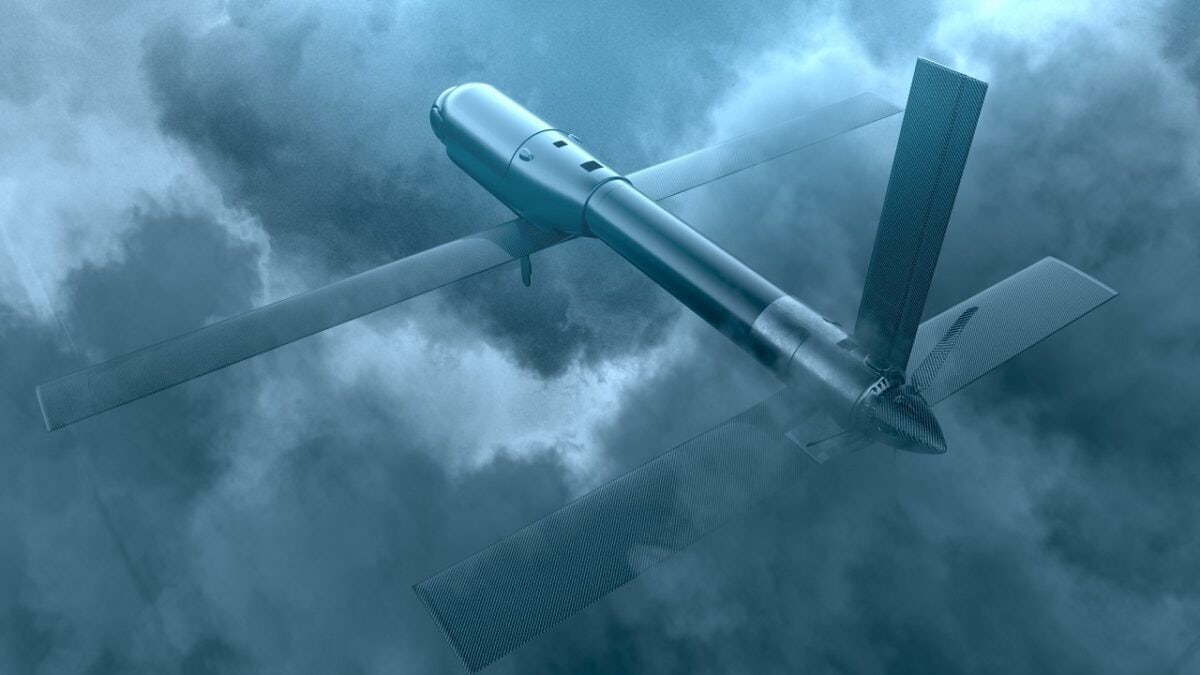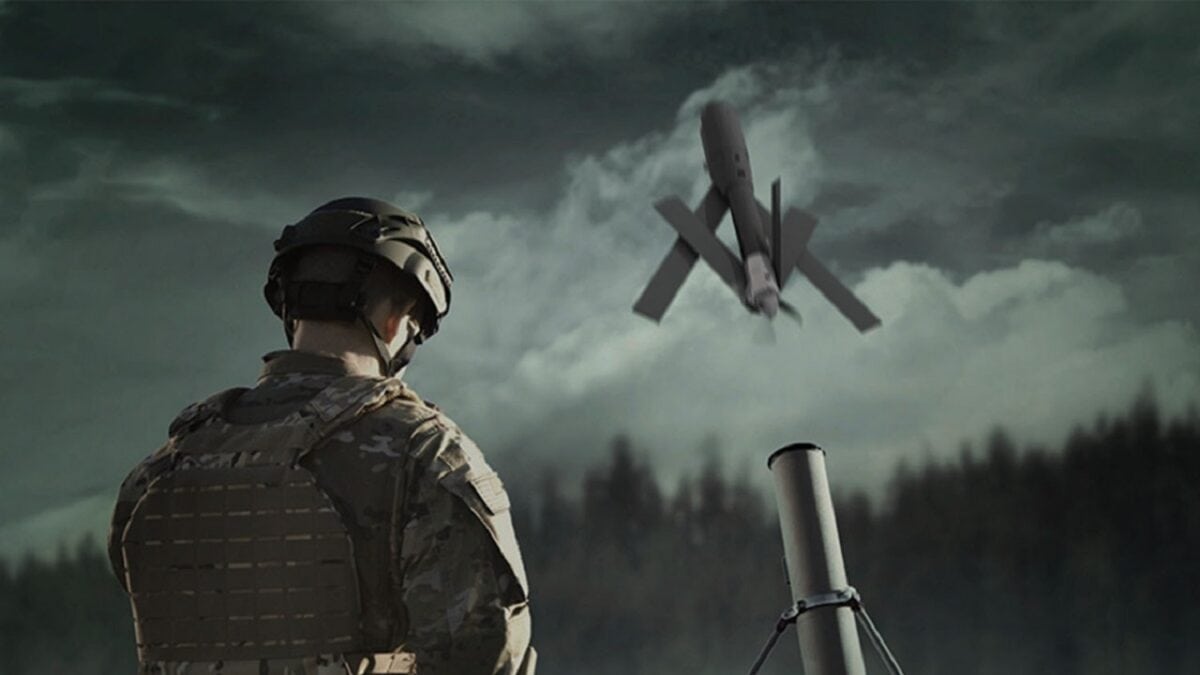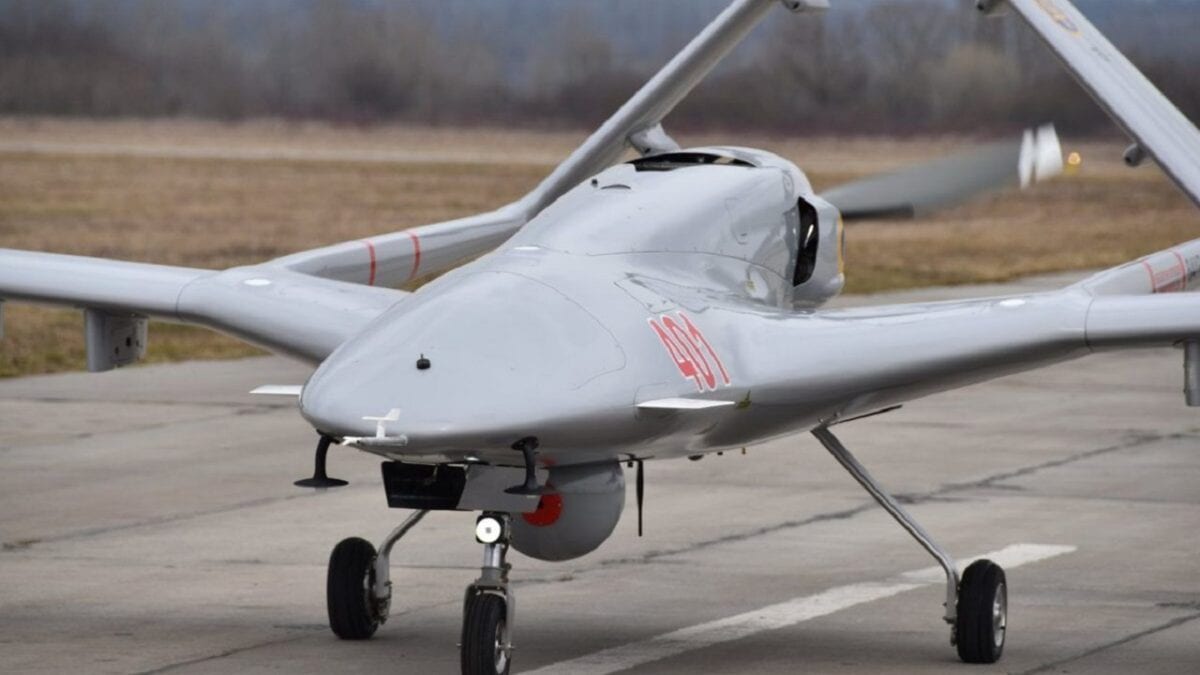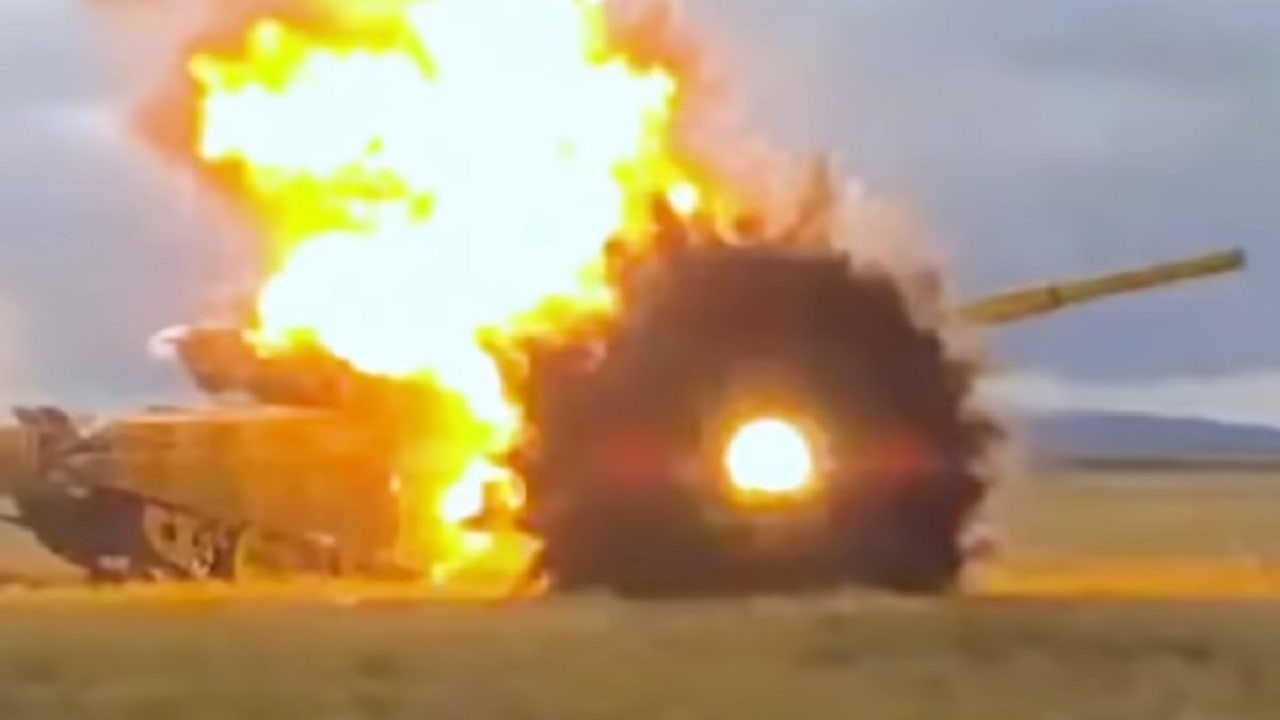Loitering Munitions Could be Bad News for Russian Tanks in Ukraine – Russia has vastly more tanks than Ukraine, but the Turkish-made Bayraktar TB2 unmanned aerial vehicles (UAVs) have helped “level” the playing field significantly. The not-so-secret weapon has been credited with taking out numerous Russian tanks since Moscow launched its unprovoked attack on Ukraine nearly a month ago.
As previously reported, the Turkish-made Bayraktar TB2 can reach altitudes of 25,000 feet and fly for 27 continuous hours. Operated remotely from up to 185 miles, each one of the drones is also capable of bearing four laser-guided bombs or rockets, for a total payload of some 330 pounds.
The Ukrainians may be able to build on their success at targeting Russian armor on the ground by employing even deadlier yet much smaller UAVs. Last week, the White House announced that an additional 100 “tactical unmanned aerial systems” were part of a new $800 million weapons package bound for the besieged nation.
The small “Switchblade” drones differ from the Bayraktar TB2 or even the U.S. military’s long-range Predator drones as they are not armed with a rocket. Rather the Switchblade can loiter overhead like a traditional drone but then use GPS to guide itself like a missile straight into the target where it can detonate its payload.
Known as “loitering munitions,” these UAVs are capable of staying in the air while they search for a target, and some are capable of returning to base in the case of unsuccessful target identification.
“While they operate in a similar way to Unmanned Combat Aerial Vehicles (UCAVs), their self-destructive capabilities are what set them apart. Ukraine has been using Turkish TB-2 UAVs, but so far has not employed loitering munitions,” explained William Davies, associate defense analyst at international analytics firm GlobalData.
The smallest version, the Switchblade 300, can fit in a backpack and weighs just 5.5 pounds, yet it can be deployed via a small mortar tube and has a range of about six miles.

Switchblade drone. Image Credit: Industry handout.

Switchblade drone. Image Credit: Industry handout.
The larger Switchblade 600, which weighs in at around 50 pounds, is armed with an anti-tank warhead and can be employed against targets up to 25 miles away. Both variants are equipped with a ‘wave-off” feature, which allows the human operator on the ground to abort an attack – such as if civilians appear or the enemy moves from its position.
“The provision of AeroVironment’s Switchblade loitering munition – either 300 or 600, the exact type is unknown – would provide them with increased offensive capabilities. The 600 is more likely as it would be of significant use for Ukraine against Russian armored vehicles due to its ability to penetrate armor, whilst the 300 is typically employed as an anti-personnel weapon. The 600 has the capability to fly up to 25 miles meaning they can be easily deployed from behind the frontlines, whilst the 300 has a limit of only 6.2 miles.”

Bayraktar TB2 Drone of the Ukrainian Air Force.
A Potential Game Changer?
Loitering munitions have seen minimal use so far in the Ukraine crisis, with the only example being Russia using the ZALA KYB for surveillance as well as for attacks on soft targets. However, the AeroVironment Switchblade could soon be another weapon in Ukraine’s arsenal that would be bad news for Russian tankers.
“Whichever model is delivered can be carried by a single solider making them easy to deploy,” said Davis. “An advantage over larger Unmanned Aerial Vehicles (UAVs) is that they are significantly cheaper and smaller, and due to their size traditional anti-air systems can struggle to detect and destroy them. Whilst 100 is a relatively low amount considering the single-use nature of the weapon, it can still have a significant effect against entrenched Russian positions and operate in a more contested airspace.”
Loitering munitions are also attractive because of their relatively affordable price as well as effectiveness.
“Additionally they will provide Ukrainian forces with additional surveillance capabilities as well as strike capabilities,” Davis continued. “The focus of the Biden administration arms package is largely on anti-armor and anti-aircraft systems, and aside from the loitering munitions also include Stingers and Javelins whilst Slovakia is providing the S-300 air defense missile system.”
All this means that now could be a bad time to be in a Russian tank in Ukraine.
Now a Senior Editor for 1945, Peter Suciu is a Michigan-based writer who has contributed to more than four dozen magazines, newspapers and websites. He regularly writes about military hardware, and is the author of several books on military headgear including A Gallery of Military Headdress, which is available on Amazon.com. Peter is also a Contributing Writer for Forbes.

